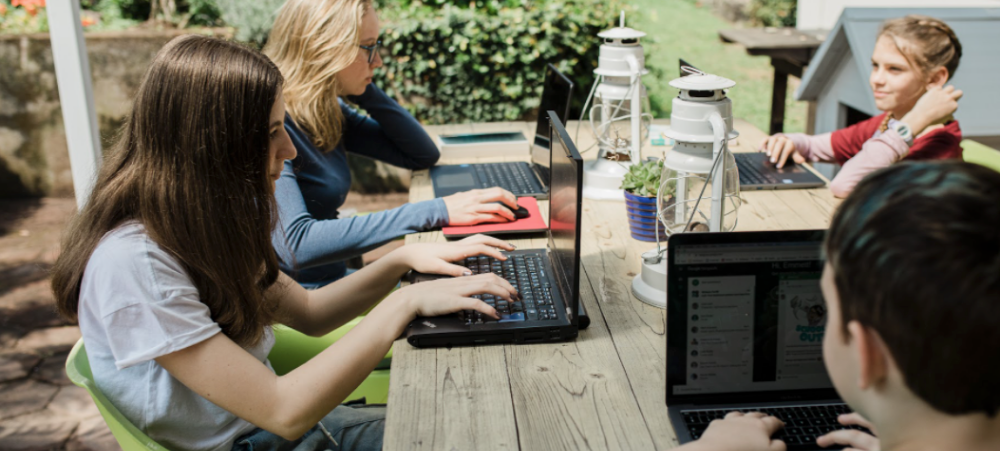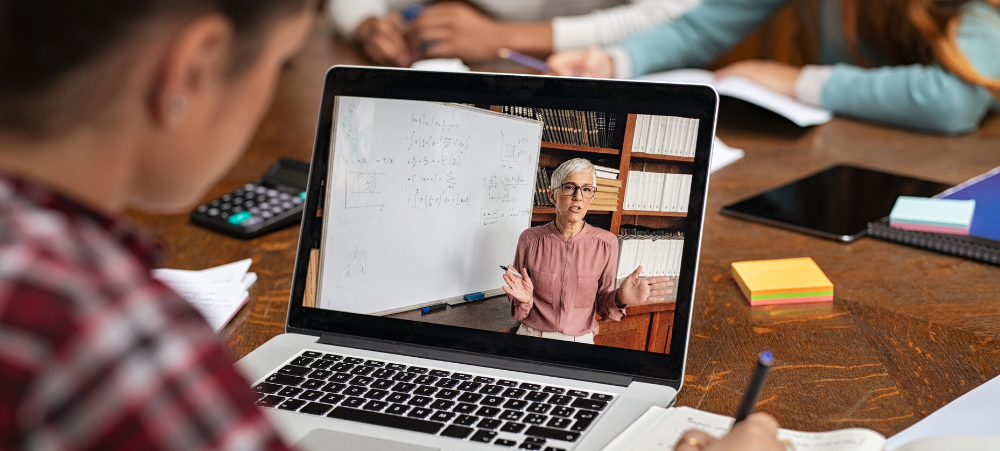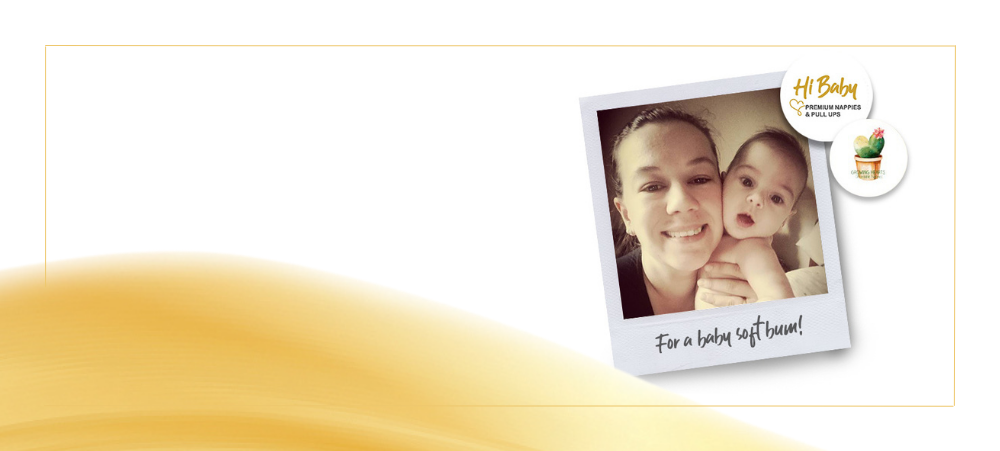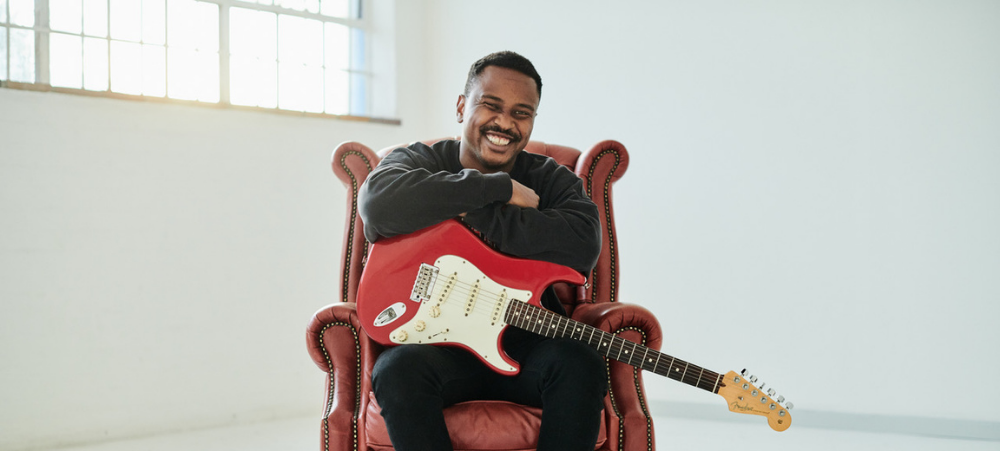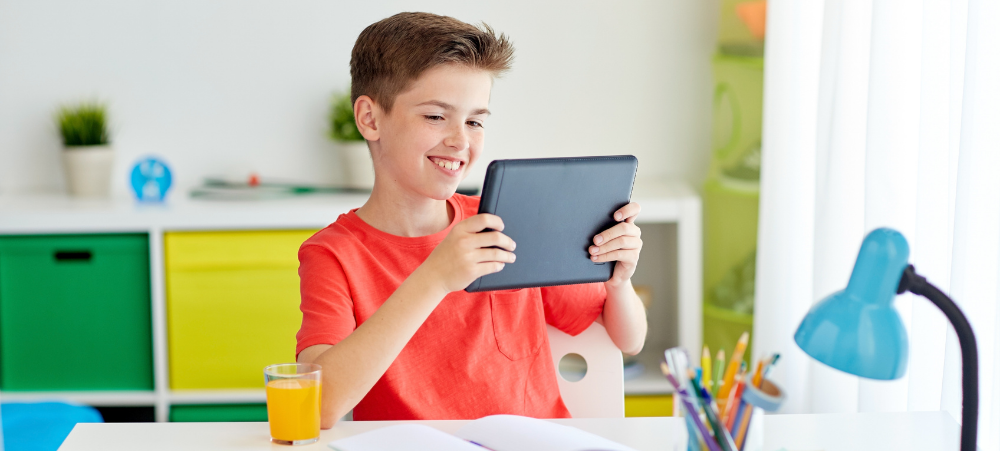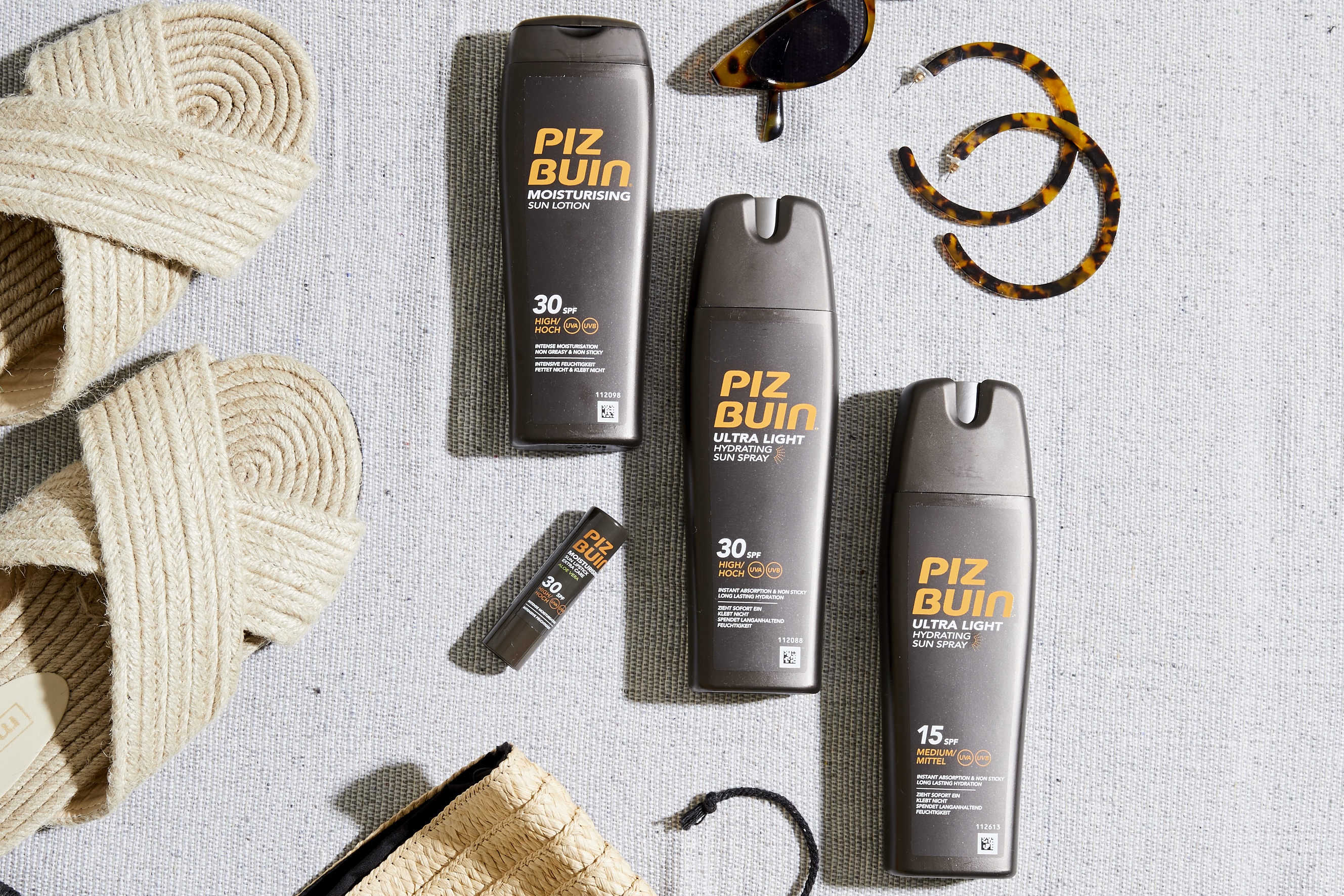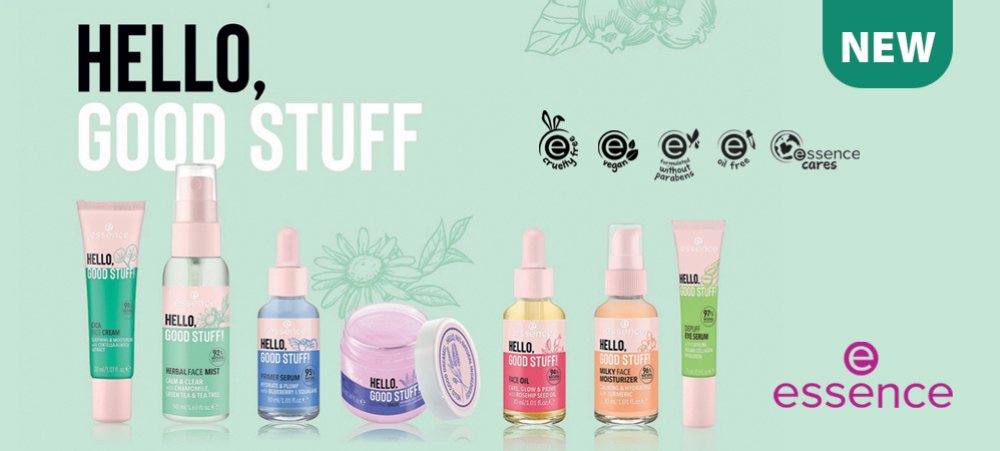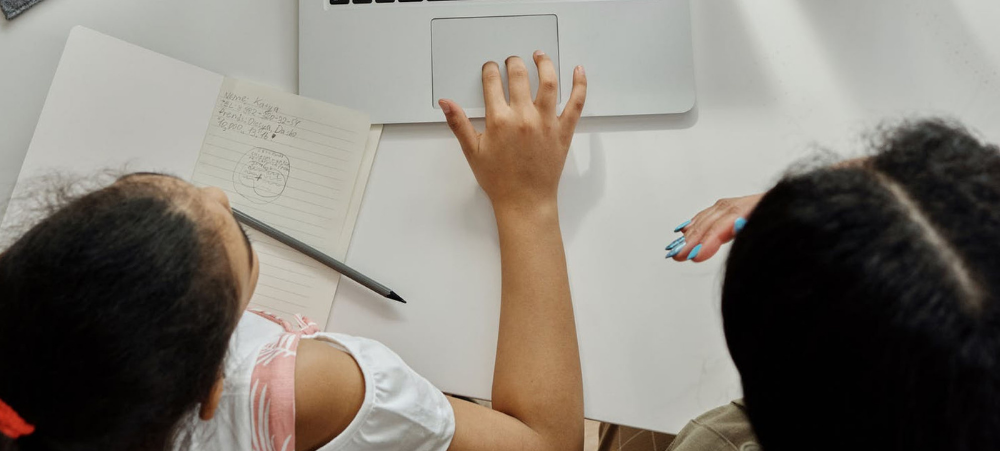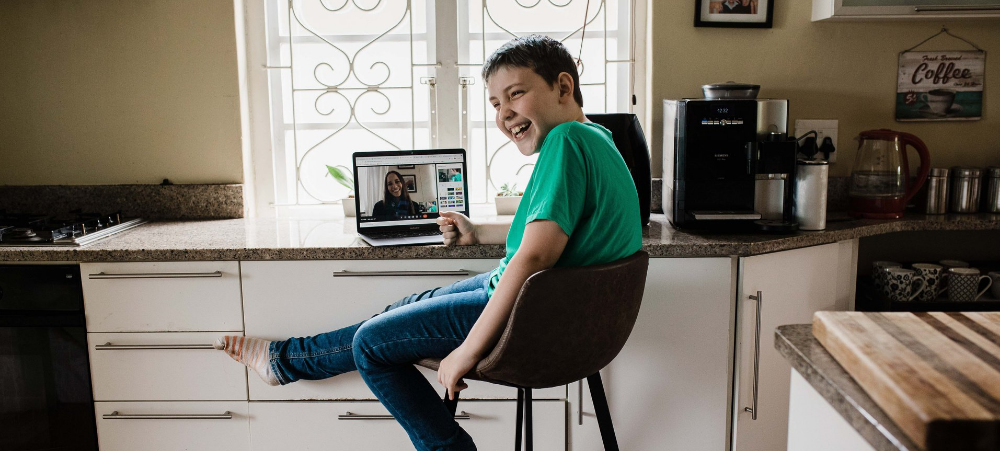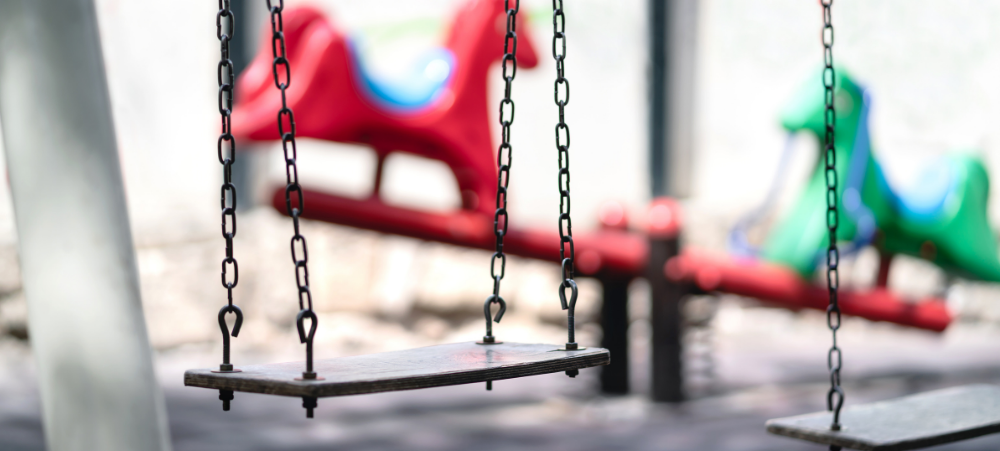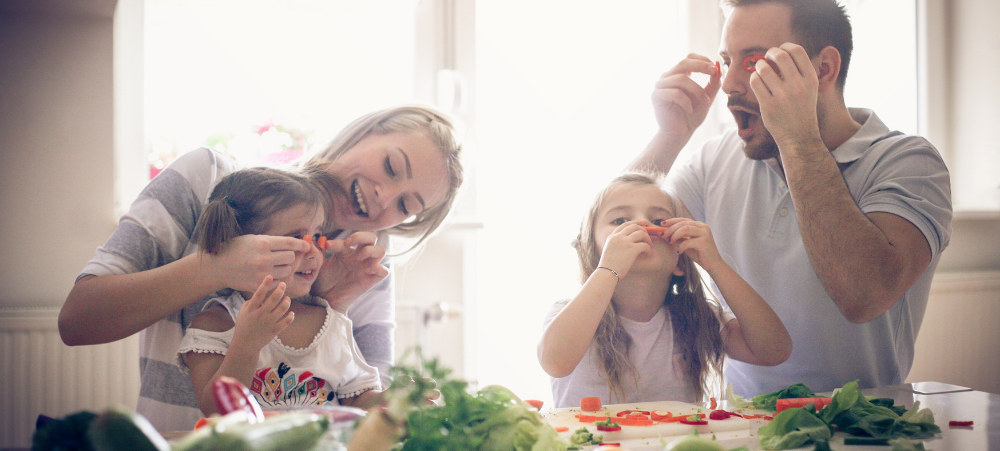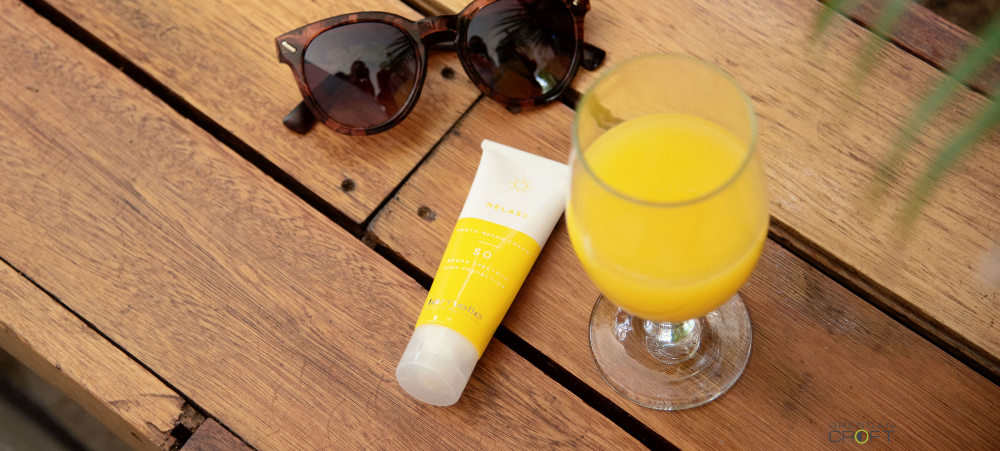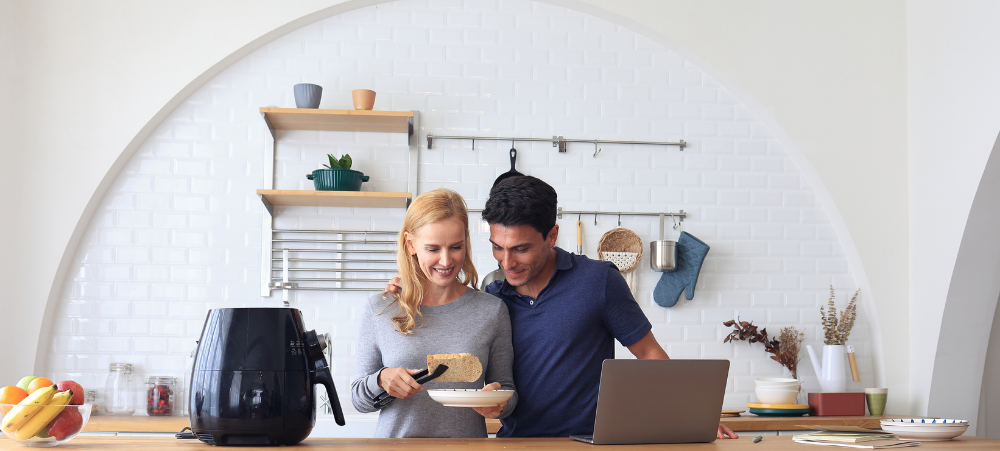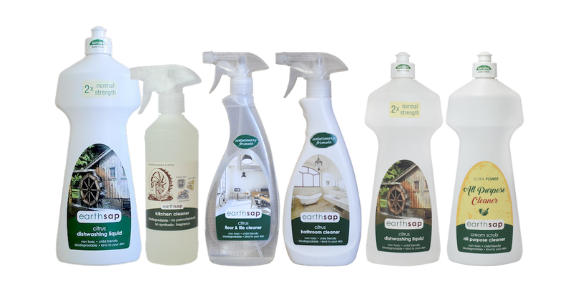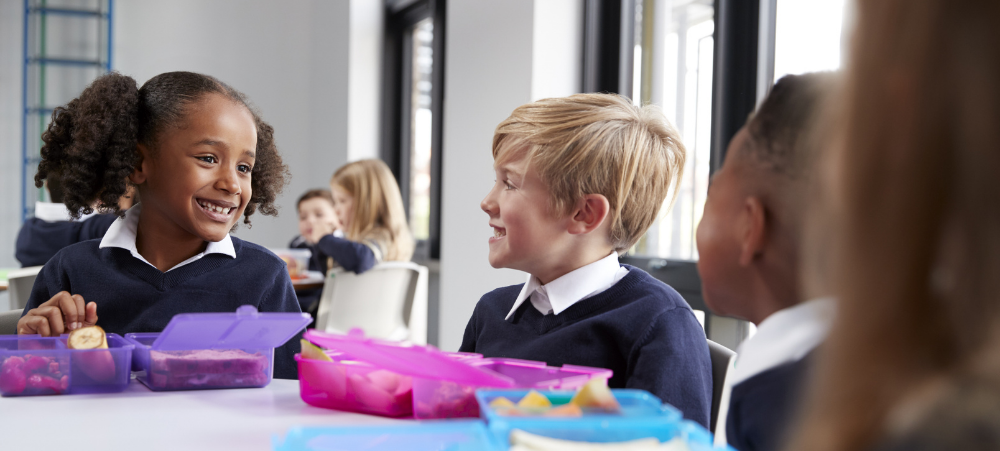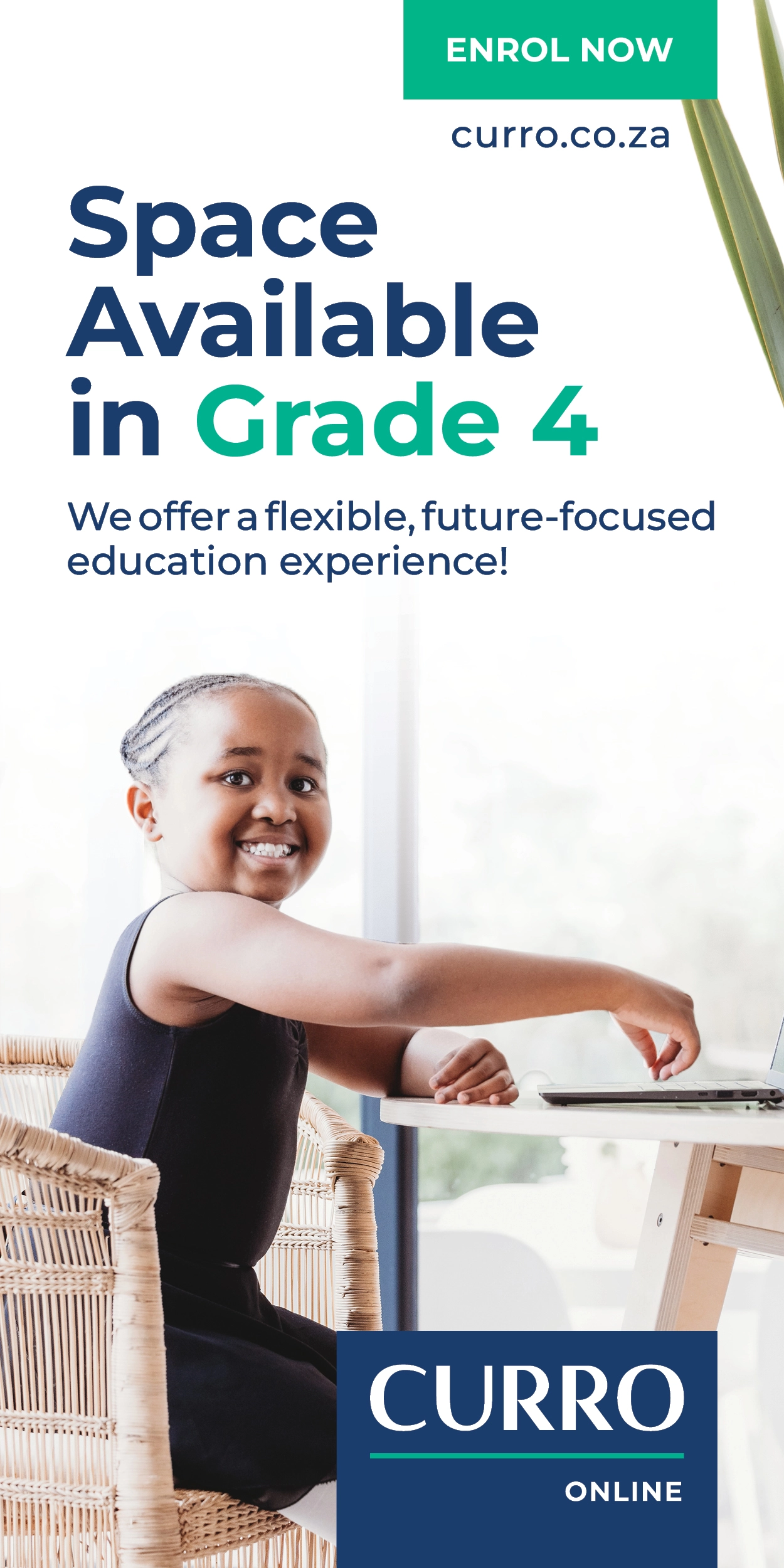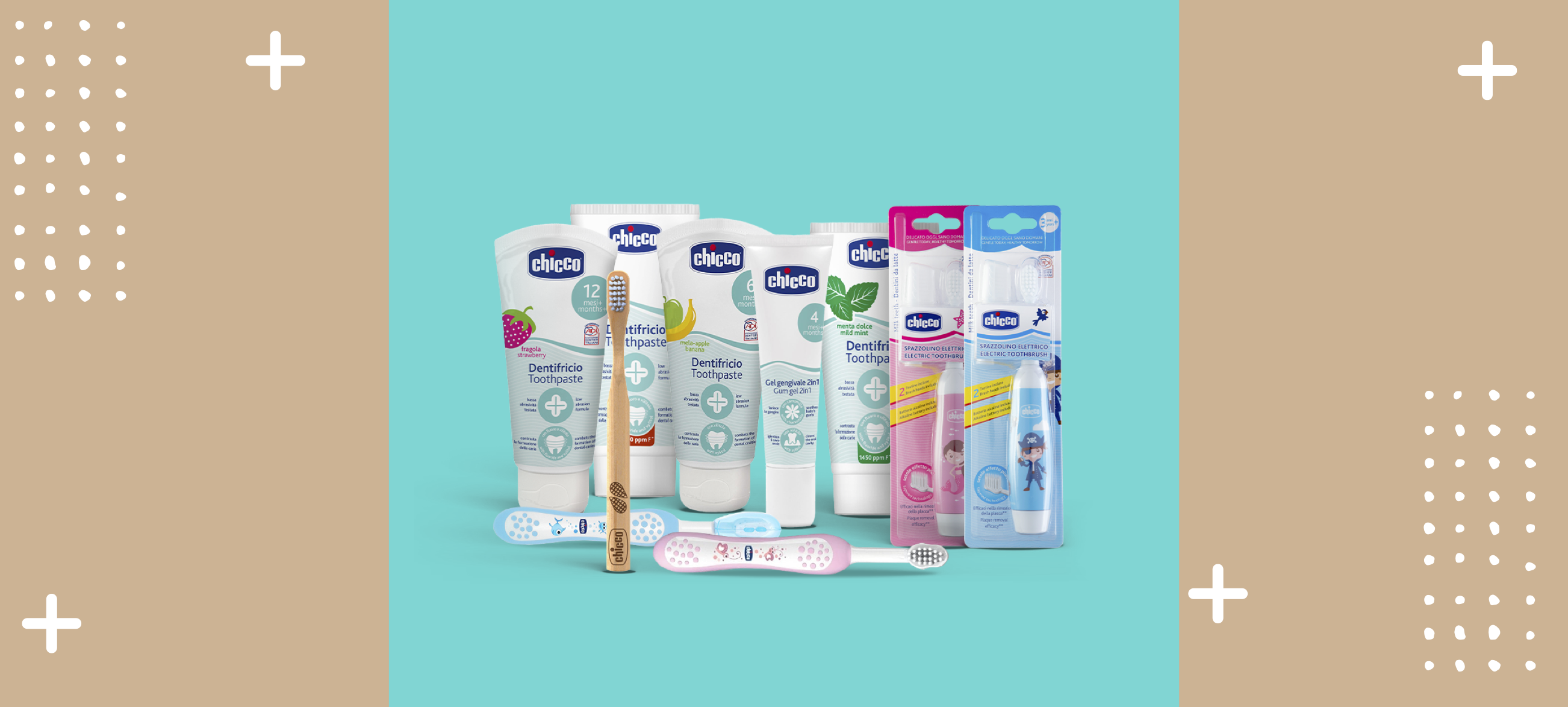
Developing good dental habits from young with Chicco
Encouraging and maintaining good dental habits is as important for milk teeth as permanent teeth. Cultivating good habits begins as early as before that first tooth has sprung. Keep them excited about dental care with the right products that taste good, ensure efficacy and are fun to use. And check out Chicco’s tips to keep their teeth healthier for longer: Start young – a dental check-up from as young as one years old will not only make the dentist feel like a family friend to your child as they grow up, but also stop dental problems in their tracks. Before your baby even has teeth you can gently brush their gums with a very soft baby toothbrush or even a washcloth, to get them used to the feeling of having their mouth cleaned. When those first teeth appear, even just the lower two, start brushing with a baby toothbrush and infant toothpaste. Brush before bedtime – after that, do not give the child any food or drink, except water or unsweetened Rooibos tea until the next morning. Avoid juice, formula, milk or teas before bedtime – the sugary contents of their bottle will be feeding bacteria during the night, causing tooth decay. Cut back on juice in daytime bottles. As a daylong drink for babies, too much juice can lead to tooth decay. Give non-sugary drinks at meals and juice only as a treat. Be aware of the damage a sippy cup is doing to their new front teeth. Many children cling to them, much like a pacifier. Ensure their sippy cup has a silicone spout to avoid dental chips. Watch out for overly sweet medicines. Many children’s medications are flavoured and sweetened. If they are taking medicine before bedtime they may need a mouth rinse to avoid tooth decay formation during the night. This applies specifically to children on chronic medications for asthmas or on antibiotics. Ditch the dummy by 2.5 years of age. Most good pacifiers are orthodontically endorsed such as the Chicco Physio Soft and the Chicco Physio Air, but if they are not they could affect how the child’s teeth alignment. Too much soothing can even affect the muscles of the mouth. This applies to thumb-sucking too. Lead by example. Stand firm on dental rules and allow your children to see your good habits, and they will follow in your footsteps. Be patient. Kids can start brushing their teeth with a little help from grown-ups around two or three years old. However, they may not be completely ready to go it alone until as old as six. Flossing skills may take as long as ten years old. Don’t wait until too late in the day. If your child is tired you may not get much enthusiasm and cooperation with brushing and flossing. Start before it’s too close to bedtime. Let your child choose their own toothpaste. A good quality, sugar-free flavoured toothpaste like Chicco’s Strawberry or Banana and Apple are two delicious flavours that keep children enthusiastic about dental care. Motivation and group efforts encourage children. If they can brush with the whole family or parents they will find it way more fun.



